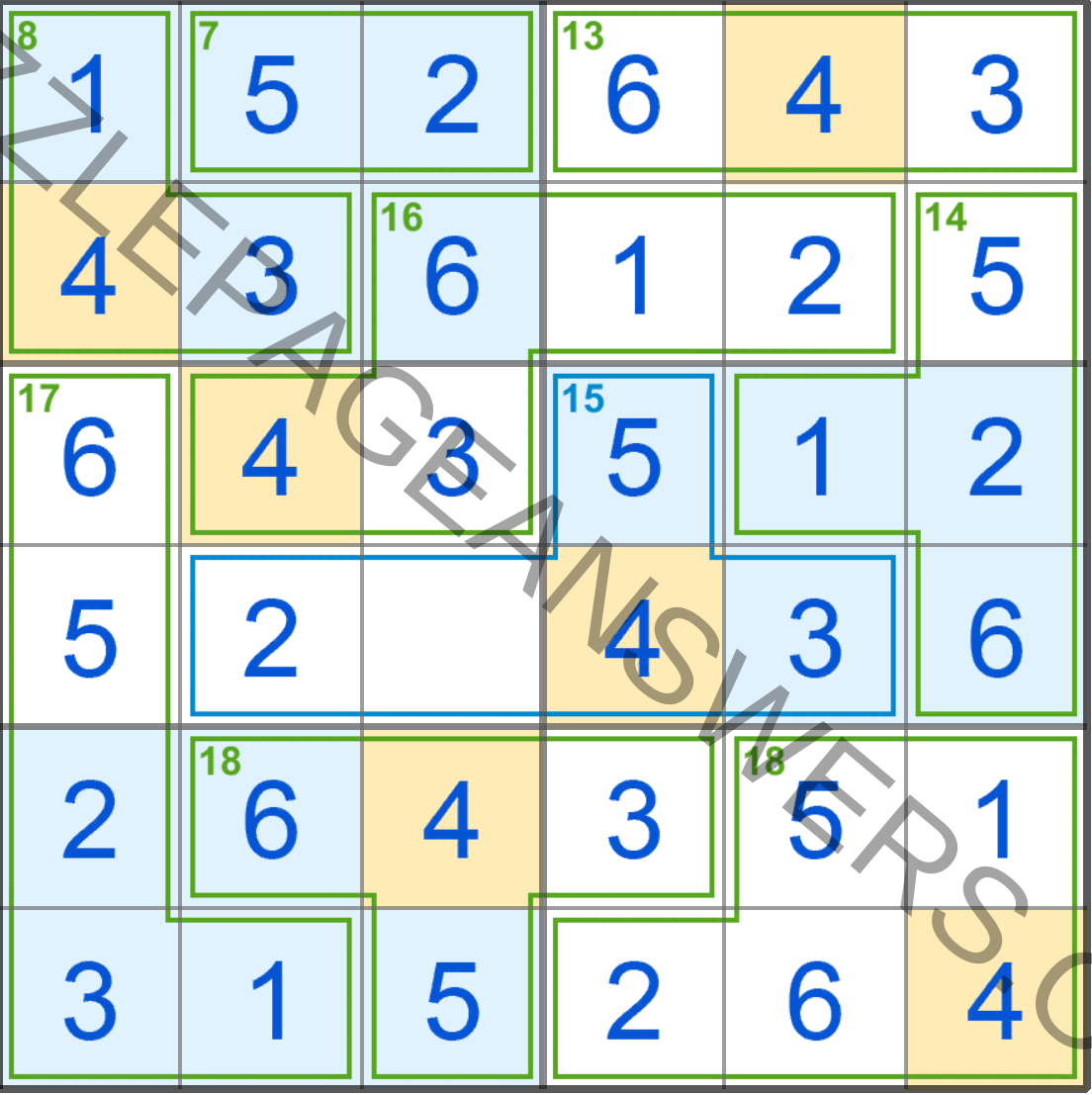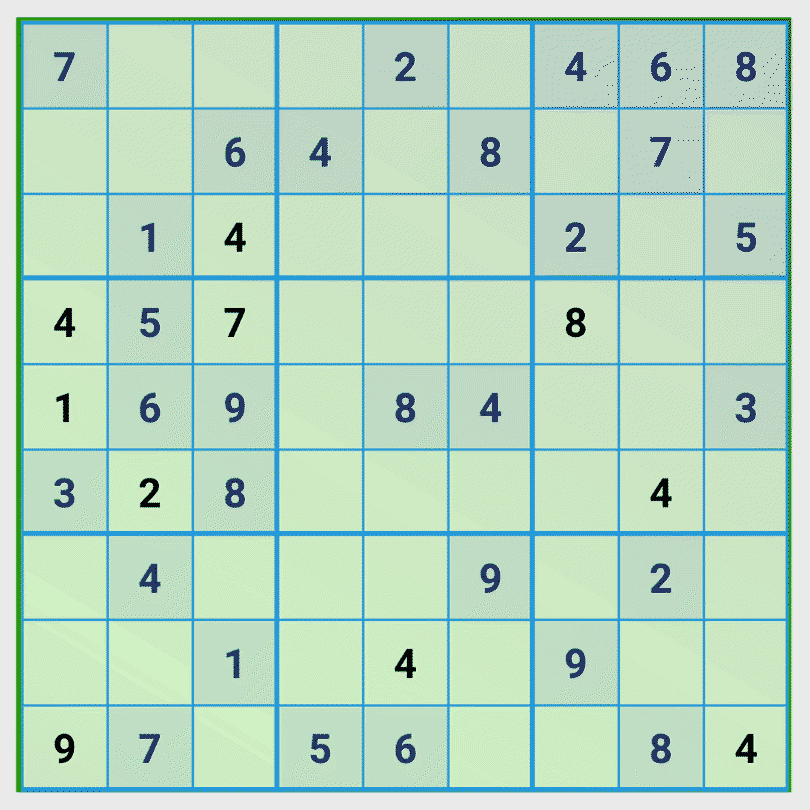

You may be able to eliminate one possibility based on interactions with intersecting lines and squares, making the solution clear. Look in particular for columns or rows with only two empty cells, and therefore two color options. Now look for other colors that can be eliminated, and you might find that you're left with only one choice. A single green cell means that you can eliminate green as a possibility from all the cells in that column, row and square. It's a good idea to work by process of elimination. Of course, the game isn't always so simple! You will have to look laterally, comparing columns, squares and rows as you go. So if one square contains eight of those colors, it is easy to identify which ball should go in the final cell. You have nine colors: brown, white, green, blue, pink, yellow, red, grey and purple. Of course, this only adds to the sense of satisfaction you feel when you win! Here are some tips to get you started:įirst, look for cells in which only one color can fit. This isn't a game that you will win immediately - you will have to revisit the same squares over and over, gradually adding more pieces to the puzzle before you finally uncover the solution. Sudoku Color Puzzle Wooden Board Game Tips and Tricksįor a good Sudoku color technique, it's important to take things slowly.
#Sudoku rules how to#
This can help you figure out how to solve the puzzles better the next time you play. It's worth looking at a color Sudoku solver online if you get truly stumped. When you first start playing with a Sudoku color puzzle wooden game, you might find it extremely difficult. So look carefully at the initial set-up of the board - if you make a mistake here, you're guaranteed to have an extremely frustrating experience! Every step of the game follows logically on from the previous step. A game of Sudoku always has only one solution, and there should be no guesswork involved.

If you've given it a go and you're still not sure how to solve Sudoku puzzles, here are some ideas that will help you get started.įirst, it's very important to pay attention to the set-up. * Diagonal lines don't count - you need to pay attention only to the 3x3 squares, the horizontal rows and the vertical columns. Figure 3 As there is digit 2 in the cell.

* A color cannot go into any cell if the same color already appears in that row, column or square. Using classic sudoku rules and palindrome rules, we can mark the cells along the given lines as shown in Figure 2. * Each color must appear exactly once in every row, column and 3x3 square. You also have 81 colored balls, nine of each color.

You have a large, 9x9 grid that is divided into nine 3x3 squares. The rules of Sudoku puzzles are remarkably simple. Plus, Sudoku can make you feel happy! What more reasons do you need? Keeping an active brain is essential, and this is a great way to achieve that. Amazingly, it also reduces your chances of developing Alzheimers as you grow older. Playing Sudoku can help improve your memory, logic and concentration. Specifically, it trains your brain in the same way that physical exercise trains your muscles. However, it's important to stick with it! Scientific research has shown that there a number of benefits of Sudoku. If you've never played Sudoku, you might find it confusing and difficult at first. However, this board game takes numbers out of the equation altogether, replacing them with bright colors.
#Sudoku rules series#
Now it's time to try the Sudoku color puzzle wooden board game, which uses the same principles - a series of 3x3 grids which, put together, create one large 9x9 square. Once the unavoidable sets are found, it is a much smaller-although still non-trivial-computing task to show that no 16-clue puzzle can hit them all.You've probably heard of Sudoku, the popular Japanese game of numbers in boxes that became a worldwide sensation, appearing in newspapers all over the world. To prevent the unavoidable sets from causing multiple solutions, the clues must overlap, or 'hit', the unavoidable sets. The idea behind this was to search for what he calls unavoidable sets, or arrangements of numbers within the completed puzzle that are interchangeable and so could result in multiple solutions. So McGuire simplified the problem by designing a 'hitting-set algorithm'. A potential way to demonstrate that could be to check all possible completed grids for every 16-clue puzzle, but that would take too much computing time. That led to the conjecture that 16-clue puzzles with unique solutions simply do not exist. The clues are the numbers that are filled in to begin with, and enthusiasts have long observed that although there are some puzzles with 17 clues, no one has been able to come up with a valid 16-clue puzzle. The rules of Sudoku require puzzlers to fill out a 9X9 grid with the numbers 1–9 so that no digit is repeated within the same column, row, or 3X3 subgrid.


 0 kommentar(er)
0 kommentar(er)
